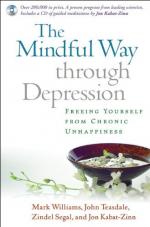|
This section contains 929 words (approx. 4 pages at 300 words per page) |

|
Since the first atomic bomb exploded in a test in the desert of New Mexico in early 1945, the United States, and the world, has had to live with the constant threat of thermonuclear destruction. More than just a military weapon, atomic weapons, or simply, "the bomb," had an extensive influence on American culture after 1945.
As World War II (1939–45) began in Europe, prominent scientists, including Albert Einstein (1879–1955), urged U.S. president Franklin D. Roosevelt (1882–1945) to begin a program to build an atomic bomb. The scientific theories necessary to create an atomic bomb had been around since 1905, but the news that Germany, the clear aggressor in starting the war, was moving to build an atomic bomb created a special urgency. President Roosevelt authorized the program, known as the Manhattan Project, in December 1941, just before the United States entered the war. Working in extreme secrecy, scientists developed the bomb...
|
This section contains 929 words (approx. 4 pages at 300 words per page) |

|




